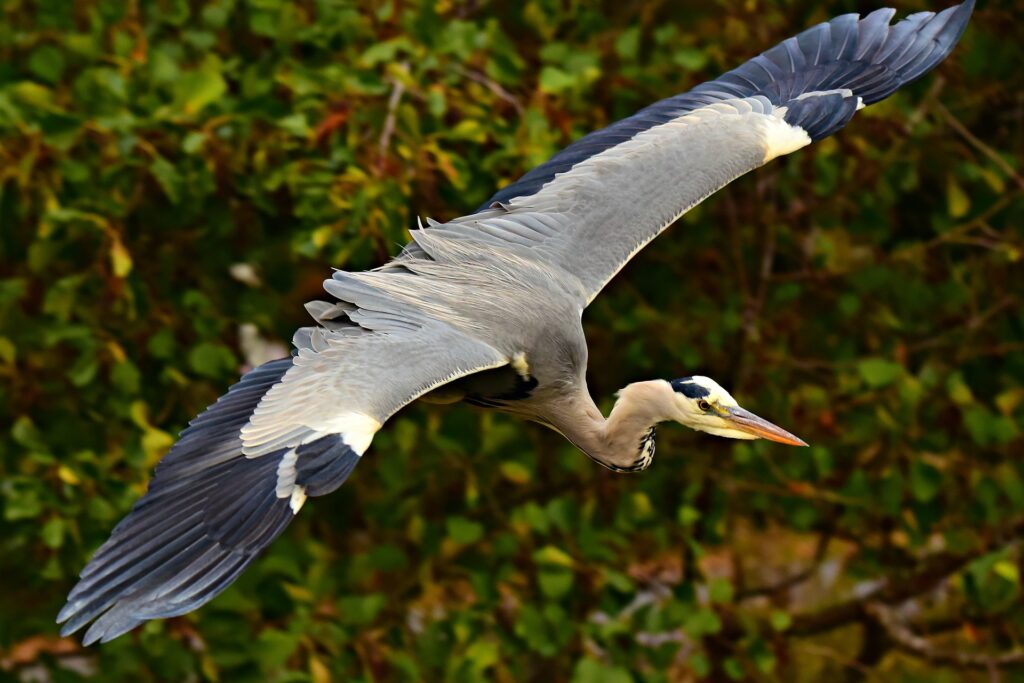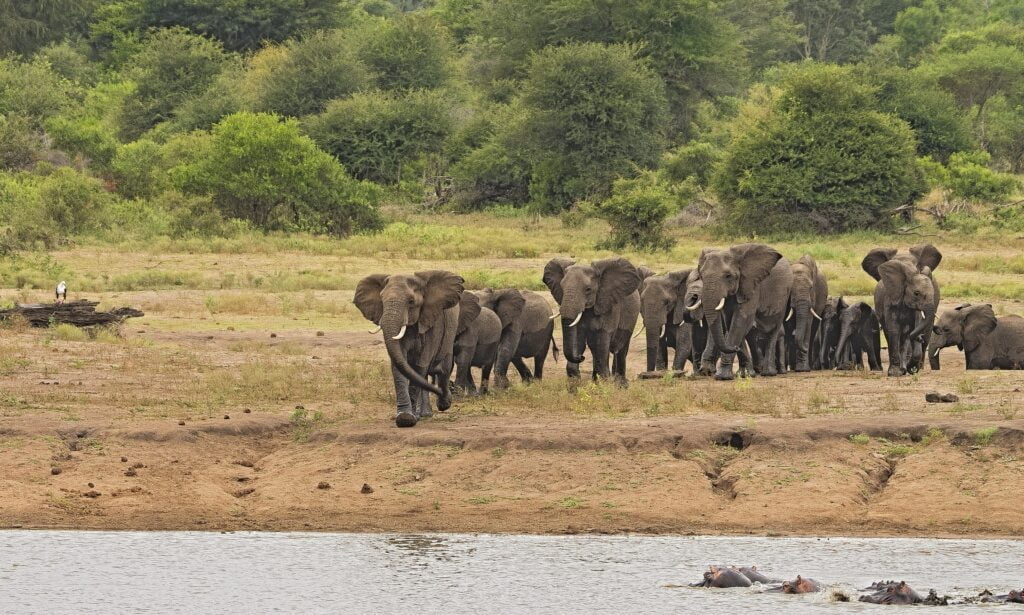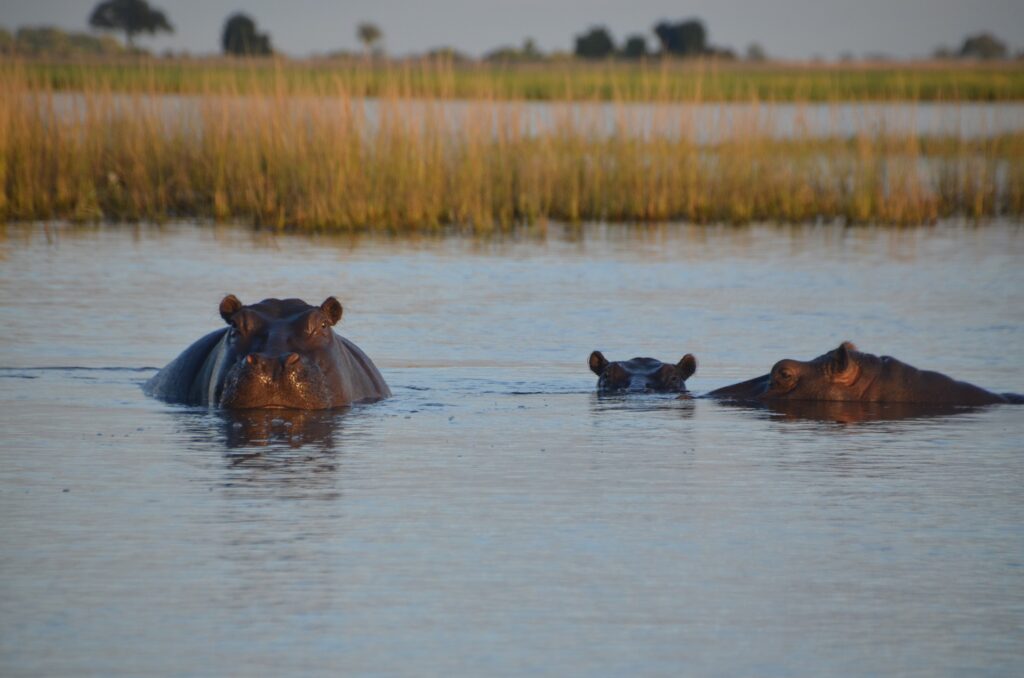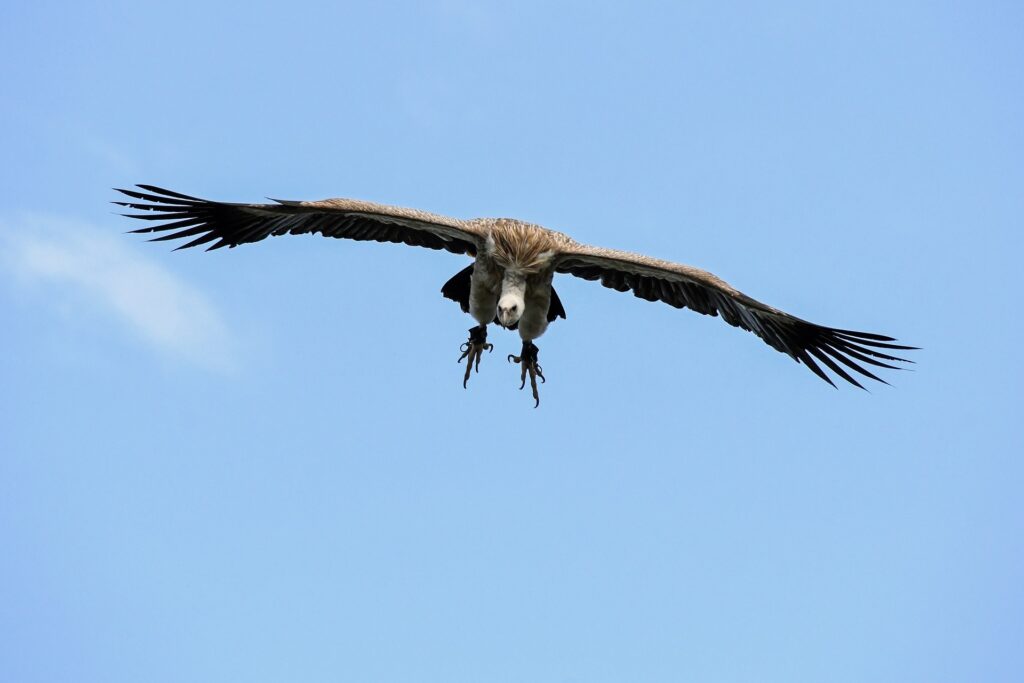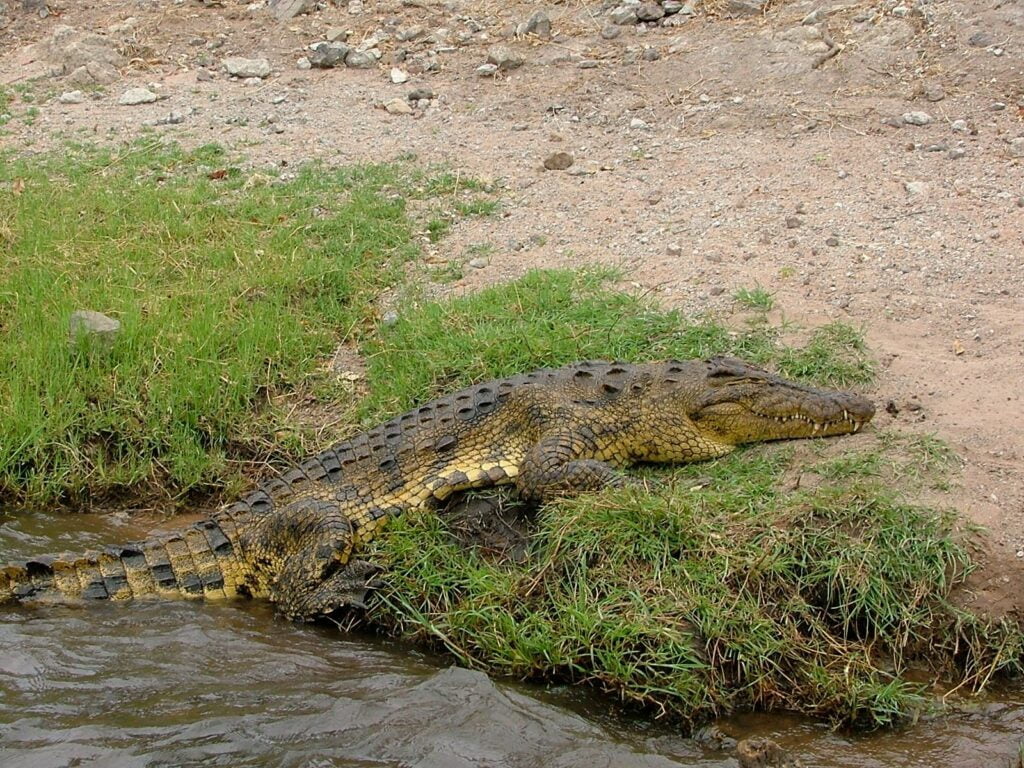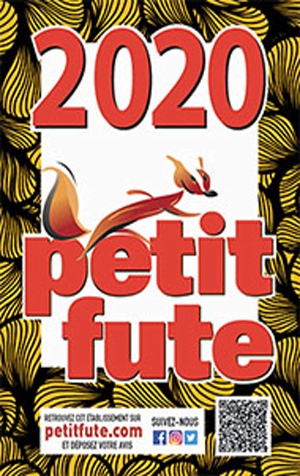Why go to Katavi Park?
During British colonisation, Katavi National Park was a nature reserve. Later, it was given another name – “Rukva Reserve Park”. However, after Tanzanian independence, Katavi Park was renamed and transformed into a nature reserve to protect and preserve African mammals. Today, the park offers visitors a variety of activities and is a must for safaris in Tanzania.
Tanzania safari: Katavi Park
Katavi’s spectacular landscape is diverse and unique. It includes flooded areas of thick reeds and dense streams. And these streams are home to around 200 hippos, crocodiles and various species of birds. In the western forest, the treetops are home to buffalo and herds of elephant. The seasonal lakes are filled with dirty coloured water after the rain. Animals come to drink from all corners of the park. These animals include rare species ofroan antelope and sable, a must-see for visitors wishing to explore theAfrican wilderness.
Katavi National Park invites you to get off the beaten track and enjoy unspoilt wildlife. The park is home to thousands of Cape buffalo and large herds of around 4,000 elephants. Zebra, wildebeest, giraffe, moose, sable and antelope are also abundant. Cheetahs, wild dogs, hyenas, leopards and lions keep a close eye on hunting opportunities.
Towards the end of the dry season, hippos move together into a sufficiently deep pool.
There is also a wide variety of birds on the river banks. Katavi National Park has a total of 450 bird species, including herons, plovers, spoonbills, storks, eagles and vultures.
It is advisable to visit between November and April for the best birdwatching. During this time, migratory birds from Europe and North Africa inhabit the park.
Animals in the park
- Elephants
- Zebra
- Wildebeest
- Hippotamus
- Cape Buffalo
- Giraffes
- Eland
- Antelopes
- Cheetah
- Wild Dogs
- Lions
- Leopard
- Hyenas
Travelling to Katavi
Some trails are designed for walking encounters with animals. Adventurers can also book night hikes, but there is always a guide.

